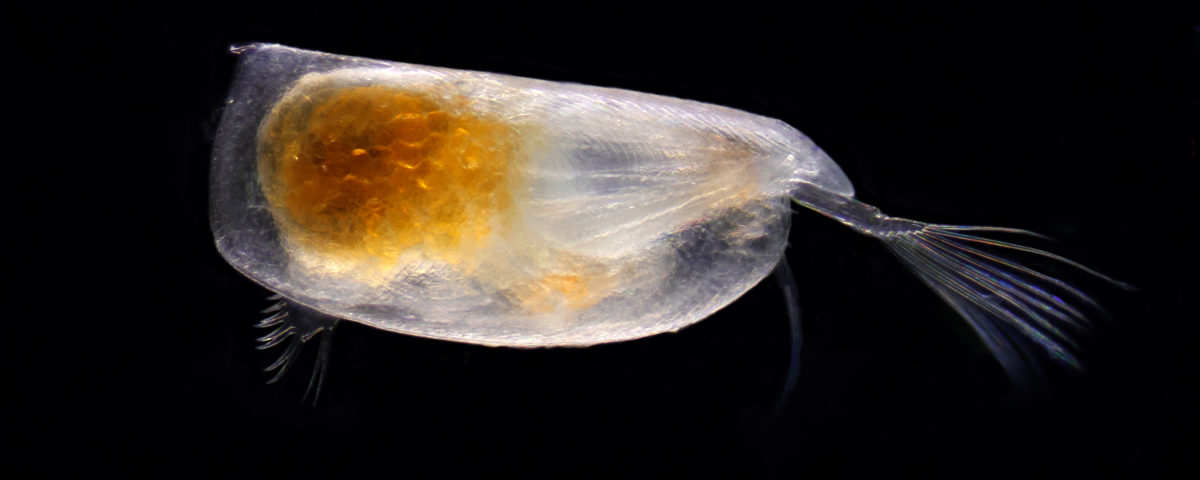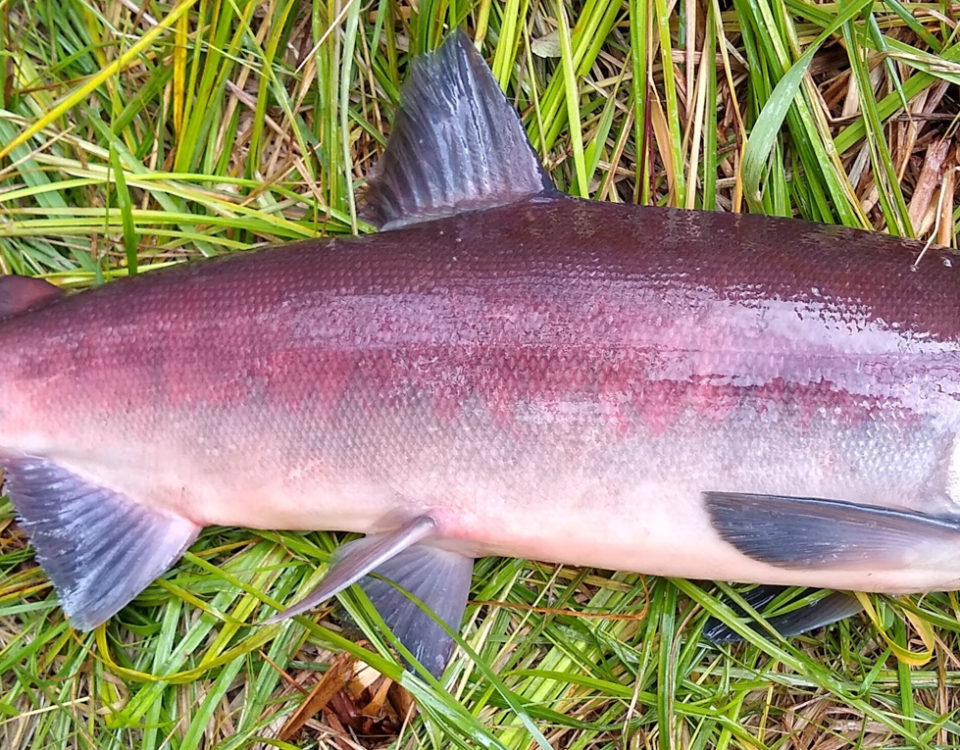A Sea of Plankton

December 2022
According to MIT, there are more plankton in the ocean than there are stars in the sky. However, most people can probably name constellations in the night sky while not being able to identify or name plankton. For many Cordovans, the ocean is, quite literally, our backyard. PWSSC believes we should understand what is happening in our backyard. That is why scientists like Dr. Rob Campbell and Jessica Pretty study plankton in Prince William Sound.
The word plankton comes from the Greek word planktos, which means “to drift” or “to float.” Plankton are drifters, moving at the whim of oceanic currents. You may wonder why we study plankton, and why plankton are important. Plankton are the base of the marine food web, which means that all other animals in the ocean rely on them for food, or rely on something that eats them for food. The term “plankton” refers to the large group of organisms that make up the drifting community. There are two main types of plankton: phytoplankton and zooplankton.
Phytoplankton are plant-like plankton. They are autotrophs, meaning they have the ability to photosynthesize, turning sunlight into chemical energy. There are two significant groups of phytoplankton in southcentral Alaska: diatoms and dinoflagellates. Diatoms have an external shell composed of silica or glass. Dinoflagellates have flagella that help propel them along. There are many other types of phytoplankton as well: chlorophytes, cryptophytes, cyanobacteria, haptophytes, prymnesiophytes, etc. All these photosynthetic phytoplankton form the very base of the marine food web and are responsible for 50-80% of the oxygen in our atmosphere.
Zooplankton are animal-like plankton. They are heterotrophs, and have to rely on eating phytoplankton or other zooplankton for energy. There are numerous species of zooplankton in the marine environment. Interestingly, some zooplankton are only planktonic for the beginning stages of their life. These meroplankton include species of fish, crabs, barnacles, snails, sea stars, worms, and urchins. Other zooplankton are planktonic for the duration of their life. These holoplankton include copepods ,ostracods, and jellyfish.
At PWSSC, we are excited to share with you many of the plankton that live in Prince William Sound. Stay tuned with our Social Media pages to learn more about plankton over the month of December!

While this tiny zooplankter (1 mm) appears to have more in common with clams and mussels, ostracods are closely related to shrimp, crabs, and lobsters. This specimen was collected from the Prince William Sound and photographed through a microscope at the Prince William Sound Science Center using a technique called focus stacking (January 2016).




